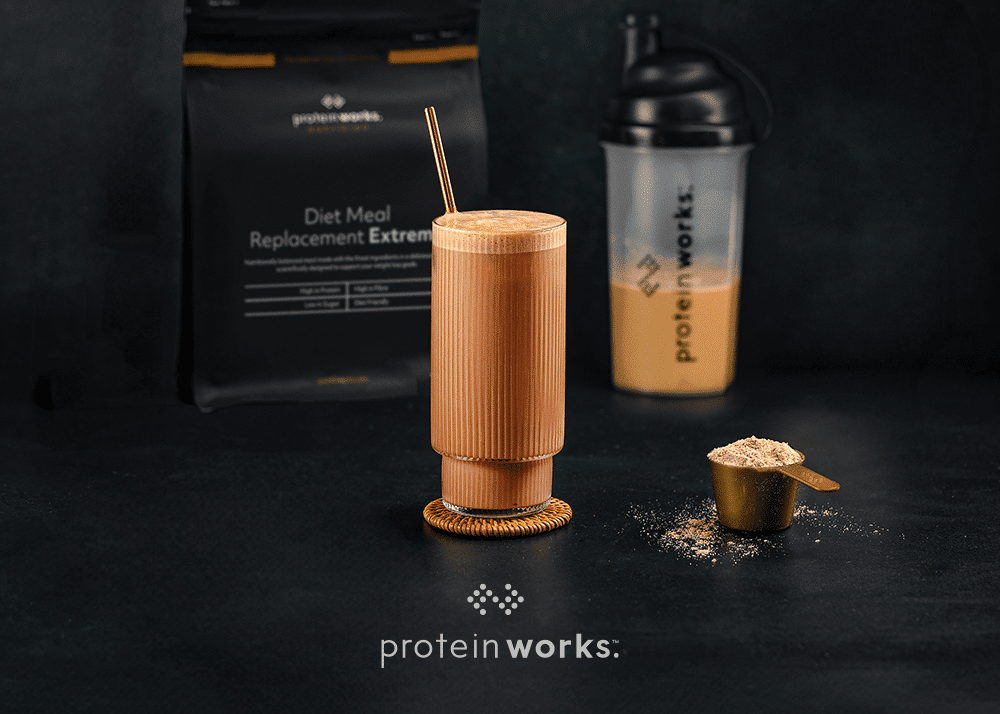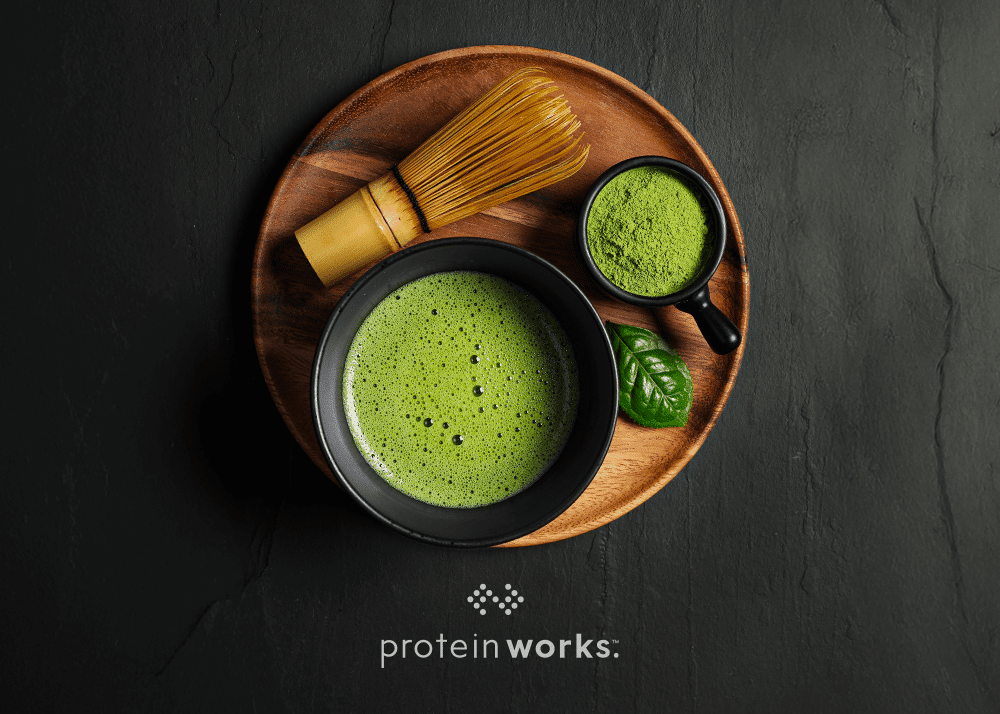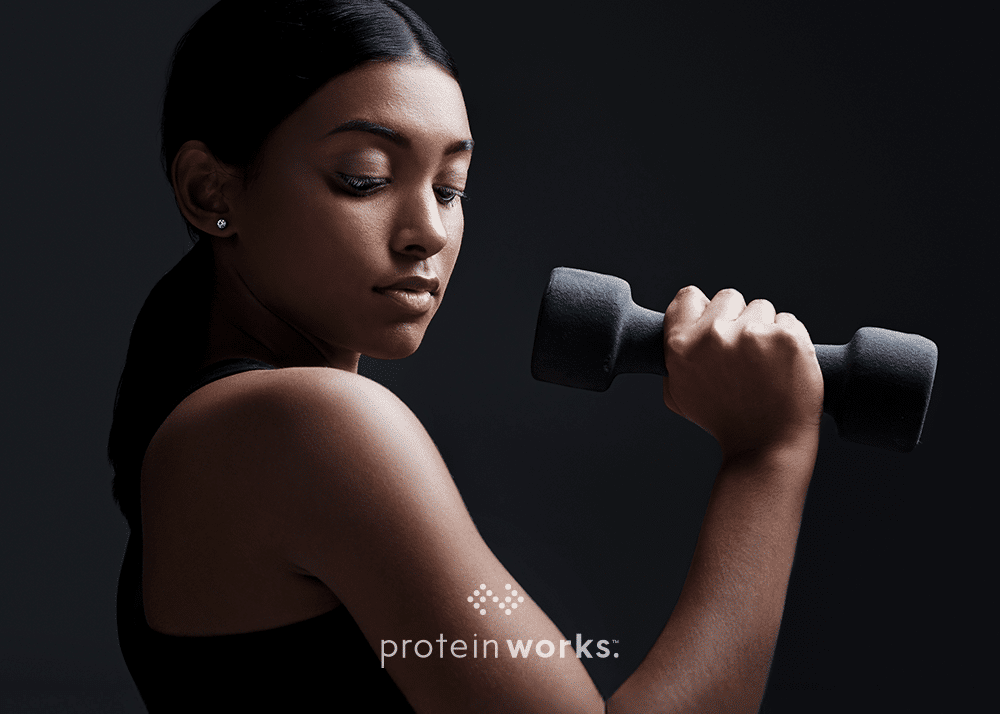
What is Reverse Dieting? Everything You Need To Know
For physique competitors, that razor-thin margin of body fat can make all the difference between 1st and 2nd place. The process of cutting calories to achieve an unprecedented level of leanness while preserving muscle mass is a formidable challenge.
Every calorie and macro is meticulously tracked, and though not the healthiest approach to weight loss, it offers the best shot at success on stage.
So, what is reverse dieting? Find everything you need to know below…
But what happens after the show?
After months of a strict calorie deficit, a life revolving around caffeine, and abstaining from indulgences, it’s time for a change.
You’ve triumphed, achieved first place, and can now bid farewell to the days of chicken, egg whites, and rice. The temptation to indulge in pastries and all things delectable is real, but it comes at a price.
This is where reverse dieting steps in, becoming a crucial component of your post-competition nutrition strategy. It aids in stabilising your calorie intake and gradually guiding you back to maintenance levels.
The Dangers of Neglecting Post-Competition Nutrition
The post-competition phase can harbour an unhealthy relationship with food. The binge and cut cycle is not uncommon, and once the competition attire is retired, a precarious approach to nutrition may linger.
This phenomenon isn’t exclusive to physique competitors; even boxers, accustomed to intense weight cutting for fights, can struggle with managing their calorie intake.
What Is Reverse Dieting?
Reverse Dieting is a structured plan tailored for the post-show phase. It’s a gradual process of increasing calorie intake after being in a calorie deficit, commonly observed in bodybuilding competitions and photoshoot preparations.
The goal is to transition out of the calorie deficit, allowing for healthy weight gain (Trexler et al., 2014). Just as cutting wasn’t an abrupt event, neither should the return to a maintenance phase.
The Phases of Reverse Dieting
Reverse dieting isn’t a free pass to abandon tracking macros, cardio, and training. It’s a disciplined approach that demands patience, self-control, and a strategic plan.
- Plan Ahead: Have a reverse dieting plan ready before your competition ends. Setting achievable targets and goals can enhance willpower (Neal et al., 2013).
- Gradual Calorie Increase: Avoid abrupt spikes in weight gain by gradually increasing your calorie intake. This helps preserve muscle mass while minimizing fat gain (Dulloo et al., 1998).
- Assess Progress: Regularly measure and assess your progress using metrics like BMI and weight. Make adjustments as needed.
- Capture Visual Progress: Take photos to visually track your progress, providing a more holistic view than numbers alone.
The Importance of Calorie Tracking
One of the main reasons why bodybuilders and physique competitors stop their reverse diet is simply they’re unsure as to how many calories they should be consuming.
Not having the correct information will limit your results, so having a clear idea what macros you should be eating will help enable you to have a clear vision going forward.
Not too sure how to sure what you should be eating? Don’t worry we have a Calorie Calculator right here for you!
To ensure the success of your reverse diet, accurate calorie tracking is imperative. Apps like ‘MyFitness Pal’ can help break down the nutritional content of your meals, enabling you to make informed choices.
When to Use Reverse Dieting?
Reverse dieting is applicable after a period of calorie deficit, commonly following a ‘cut’ for competitions or events that require specific body fat percentages. It’s not limited to bodybuilders; athletes and actors often employ this technique.
Sustaining a prolonged calorie deficit is generally unsustainable for long-term health and performance (Maclean et al., 2010).
The Benefits of Reverse Dieting
Aside from the joy of increased food intake, reverse dieting offers numerous benefits. It prevents post-competition binging, allowing you to gradually adjust to a higher calorie intake without sudden weight gain.
By reigniting your metabolism, reverse dieting helps your body efficiently utilize the surplus calories, minimizing fat storage (Maestu et al., 2008).
The Take Home
Reverse dieting is a pivotal aspect of post-competition nutrition, offering a structured approach to transition out of a calorie deficit.
By gradually increasing calorie intake and maintaining discipline, you can safeguard your hard-earned gains and set the stage for a sustainable, healthy future in fitness.
Whether you’re looking for weight loss, weight gain or maintenance, we have a range of Protein Shakes you can browse.
References:
- Trexler, E. T., Smith-Ryan, A. E., & Norton, L. E. (2014). Metabolic adaptation to weight loss: implications for the athlete. Journal of the International Society of Sports Nutrition, 11(1), 7.
- Neal, D. T., Wood, W., Labrecque, J. S., & Lally, P. (2012). How do habits guide behavior? Perceived and actual triggers of habits in daily life. Journal of Experimental Social Psychology, 48(2), 492-498.
- Dulloo, A. G., Jacquet, J., Montani, J. P., Schutz, Y., & How dieting makes some fatter: from a perspective of human body composition autoregulation. Proceedings of the Nutrition Society, 57(01), 45-52.
- Maestu, J., Eliakim, A., Jürimäe, J., Valter, I., & Jürimäe, T. (2008). Anabolic and catabolic hormones and energy balance of the male bodybuilders during the preparation for the competition. Journal of Strength and Conditioning Research, 22(1), 224-232.
- MacLean, P. S., Bergouignan, A., Cornier, M. A., & Jackman, M. R. (2010). Biology’s response to dieting: the impetus for weight regain. American Journal of Physiology-Regulatory, Integrative and Comparative Physiology, 298(6), R1231-R1237.






No Comments yet!